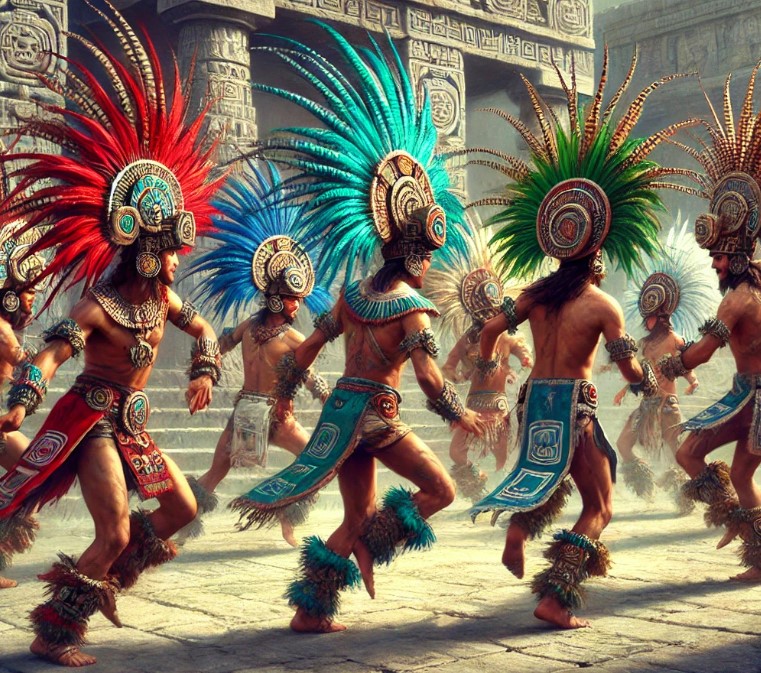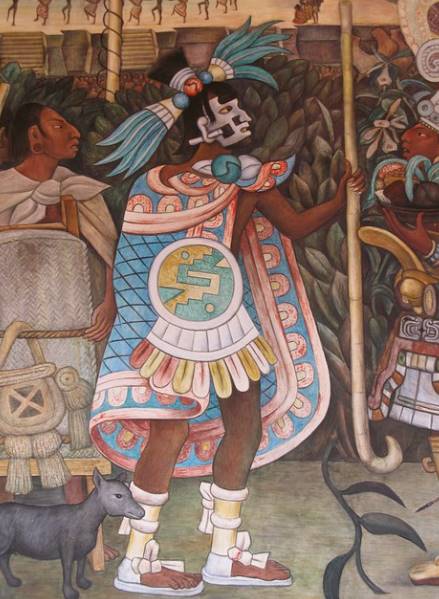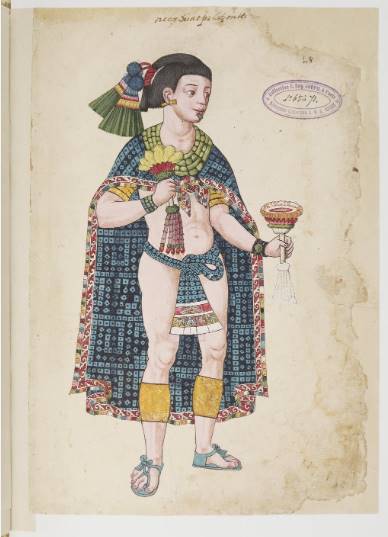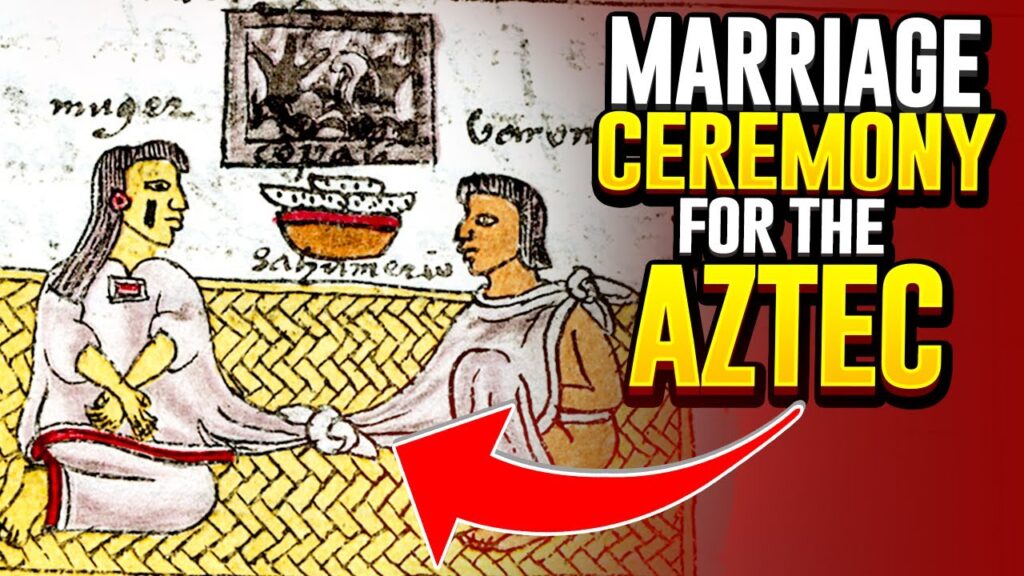The Aztecs shared traits with other American cultures, but their Social Structure of the Aztec set them apart. Aztec society organized itself at different levels, with each individual fulfilling an important role. At a basic level, the Aztecs divided their social structure into three classes: nobility, commoners, and serfs/slaves.
The Social Structure of the Aztec: Classes and Roles Explained

I-The Rulers
At the top of the noble class were the rulers of the Aztec Empire. The Emperor himself belonged to this class, as did the rulers (tlatoani) of other cities in the empire. This is the smallest segment of any social class in the empire, as it is essentially the same as the royalty of European or Asian antiquity. These rulers typically reigned for life, and their noble relatives elected their replacements.
II-The Nobility
The noble class of the Aztecs, known as the pipiltin, was actually somewhat larger than most might expect. The pipiltin, though the smallest social order, included rulers, administrators, priests, and military commanders.

The Priesthood
Aztec priests constituted a class within the broader noble class. The Aztec priests performed various jobs, and their function in the religion strictly determined their social rank.
The Aztec social structure placed the priests near the top of the order, though priests did have to adhere to strict rules that included vows of celibacy and sobriety. Despite this, the priests exercised a great deal of influence over the goings-on of the Aztec Empire and were, in many ways, as powerful a force as any others in their social class.


The Lords (Tecuhtli)
The tecuhtli, or lords, of the Aztec Empire were among the most diverse members of the upper Aztec classes. Some members of this class were landowners, while others worked as judges or as military leaders. Like other members of the noble class, they had the privilege of wearing jewellery in public and commanded significant respect. Like other nobles, they were also able to collect tribute from the lower classes.
III-The Commoners
The commoner class in the Aztec social structure was somewhat different from what you’d see in other parts of the world. In fact, you might think of the Aztec commoners as being closer to the modern middle class, as these individuals were often artisans and business owners. Still, they occupied a far lower rung on the social ladder than the Aztec nobles.
Artisans and Merchants
At the top of the heap when it came to social prestige were the artisans and the travelling merchants of Aztec society. People highly esteemed Aztec artisans, while Aztec merchants thrived as a vital part of the economy.

While they could not display their wealth in the same way as nobles, members of this class could actually be quite wealthy. In fact, artisans, and merchants could theoretically hold a higher social rank than some minor priests.
Other Commoner Subclasses
Skilled tradespeople and free labourers made up the bulk of the Aztec commoner class. A vital part of the Aztec social structure, these individuals all lived within neighbourhoods called calpulli. Each calpulli was led by a single nobleman and had its own council of elders. Though most commoners lacked much power, leaders respected and considered their needs in running the empire.

Understanding the Lowest Tiers of the Social Structure of the Aztec
IV-Lower Classes
A significant segment of the Aztec social structure consisted of landless workers and slaves. They had the fewest rights of any group and often found their needs less prioritized than others.

Aztec Workers
Many Aztecs lived their lives as serfs, or bonded servants. These serfs did not have land of their own, and instead, they lived and worked on land owned by the nobles. Unlike the commoners, these workers did not reside in the calpulli, which prevented them from having the same type of representation as other commoners. Nonetheless, Aztec workers enjoyed some degree of freedom. If you were the average Aztec, you would probably be part of this social class.
Aztec Slave Class
Aztecs had a very large slave class. A common punishment reduced individuals to the role of slaves, called tlacotin. Tlacotin could find themselves in that position because they committed a crime or even because they were unable to pay tribute to nobles. Many more slaves, though, were in that position because they were prisoners of war. In fact, this was the best most prisoners could hope for, as the Aztecs sacrificed many slaves during festivals.

Aztec workers and commoners could also sell themselves or their families into slavery to pay debts. Aztecs could not be born into this class—children born of a slave would not be slaves, though they would not be likely to rise to a higher social class either. Most slaves remained in this capacity until they were freed or until their owners died, which ended their term of servitude.
You may be interested to read: Aztec Food: Flavours of Ancient Tradition




Pingback: Aztec marriage and family life: Respect and a lot of discipline